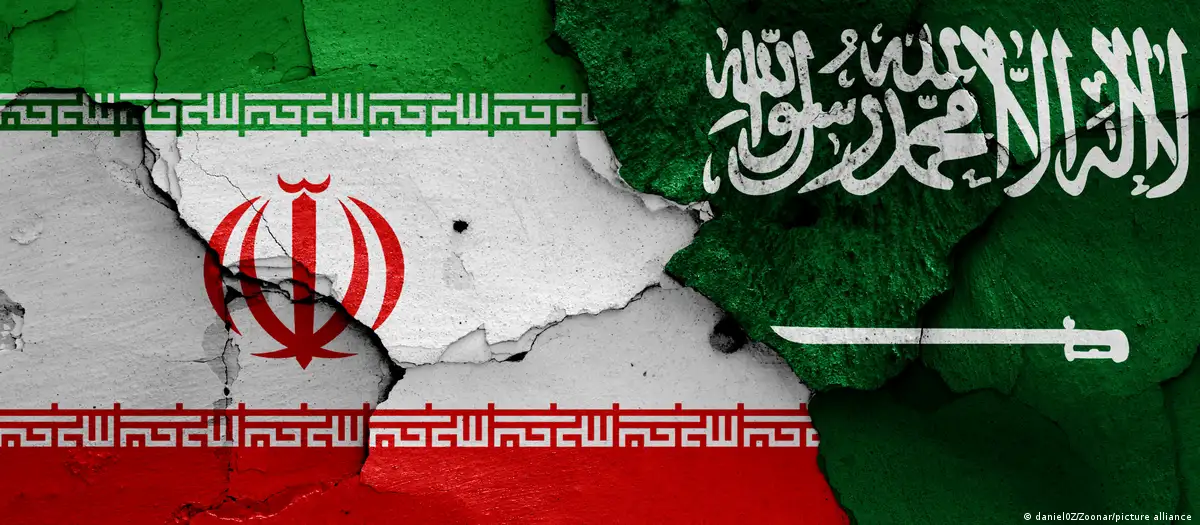Iran is envious of Saudi Arabia’s successes.
Iran is envious of Saudi Arabia’s successes. Before I delve into Iran, let me give an example from Saudi Arabia to better convey my point. Saudi Arabia, about seven years ago in 2016 and 2017, unveiled a visionary plan with a horizon of 2030, which will conclude in about seven years from now.
This vision presented a clear picture of what Saudi Arabia would become in the future. Saudi Arabia did not settle for a dry and empty vision document; firstly, they set quantitative targets instead of making vague and multi-faceted qualitative statements.
Secondly, they defined 11 national projects and about 80 national initiatives. Thirdly, they promoted the process to one side globally, in a way that now all media and major consulting companies in the world are tracking it. This document also has a dedicated website. This document created a commitment in the minds of senior Saudi managers that they could no longer hide it, forget it, or deviate from it. Now that several years have passed since the publication of this document, it is not bad to look at some claims to see if they have been implemented or not.
Saudi Arabia has committed to increasing women’s participation in the workforce from 22 to 30 percent. Today, as we speak, Saudi Arabia has not only achieved this goal by 2030 but has surpassed it, standing at a remarkable 34 percent. Saudi Arabia has set a very ambitious goal, which is to increase its non-oil revenue sixfold. As of today, in the midst of this plan, Saudi Arabia’s non-oil revenue has increased 25 times.
The unemployment rate has decreased from 11 to 8 percent, with only one percent away from the ultimate goal. However, Saudi Arabia has not been successful in all its objectives and has also faced failures. The issue is something else; the issue is whether there is a collective commitment in the country towards a shared vision of the future or not.
A vision that if achieved, will make everyone happy together, and if not achieved, will make everyone strive harder together. Mohammed bin Salman has an interesting statement: ‘Our true wealth is the aspirations and ambitions of our people.’ Even in a non-democratic authoritarian monarchy, it is believed that a common aspiration plays a key role.
Analysis and Strategic Recommendation
But we Iranians are a country full of memories and few desires. When we look at the past, a significant part of our history is filled with greatness and glory. We have excelled in civilization and culture in the realm of empire. In the field of culture, we have Hafez, Rumi, and Ferdowsi. In the field of art, just as an example, Iranian architecture is still mesmerizing.
In the realm of religion, the long history of Iranian worship is undeniable. In the field of technology, the invention of the first refrigerator, mill, and air conditioning system is attributed to Iranians. In the field of science, Avicenna is our pride. Usually, when we look at the past, it is pride-inducing. Our history is long, heavy, and positive. However, a country cannot be managed based solely on memories and the past.
From my experience, the process of dialogue to achieve a common vision of the future is more important than the product itself. As the poet said, ‘You and I have the right to be as much together as possible.’ There is no shortage of things to say. Let me clarify this with a simple example. Look at car design; when you sit behind the wheel of a car, there are three small mirrors.
One side is the driver, one side is the student, and the other is in the middle, showing the picture behind you. Instead, you have three large windows in front of you and two sides. The image on both sides represents the current situation, and the image in front shows your future. My point is, you cannot reach the future by looking at the past.
You might say it is the government’s duty, but I say no, it is all of our duty. Visualizing the future cannot be outsourced or delegated. It is all of our duty. The image of the future emerges from within society, takes shape in minds, and then one day, an opportunity window opens for this image of the future to emerge and appear. We must do our night exercises, we must prepare and keep our minds, hearts, and imagination warm. We must talk, express, and write together about what we want, what kind of life we love, and how our desired government should be.
I think it is clear to you, I promise you that when we go through some of the generalities that are common in positivism and opposition, religious and non-religious, we understand that we have no common understanding, no common image, and therefore no common determination. For example, look at this initial exercise that we tried to present a raw and initial image of the future. Conversation must be made, practice must be done, lines must be drawn, rewritten, and rewritten again, and conversation must be started anew.


